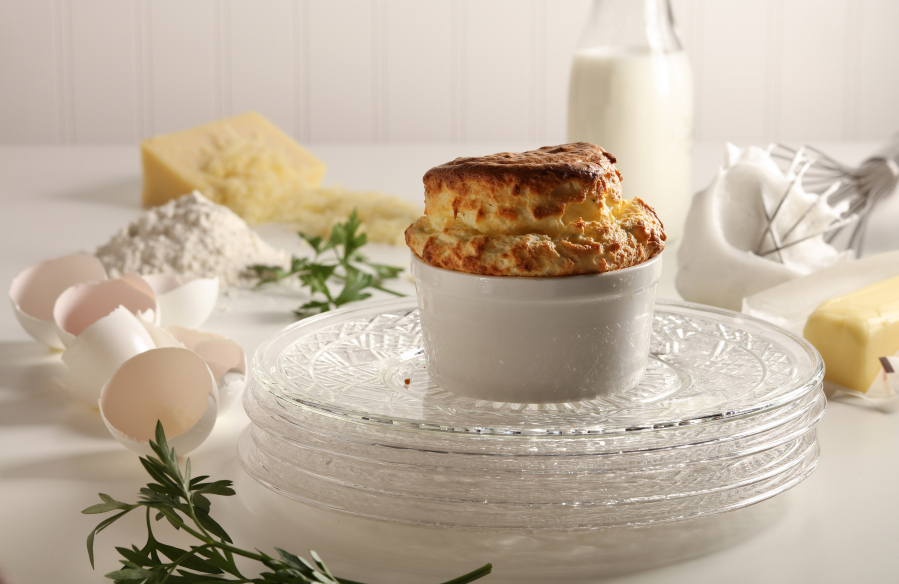Gird your loins, Preeps, because today we’re tackling one of the most seemingly intimidating of all culinary endeavors, the souffle. For many of you, given the choice between making a souffle and wrestling Freddy Krueger in a room full of spitting cobras, you’d happily go 10 rounds with Freddy. Fortunately for us all, souffles fall into the category of “Things That Seem Scary But Then Aren’t Once You Think About It.”
Like a zombie baby.
So let’s change out of our worry pants and dive in headfirst.
WHY YOU NEED TO LEARN THIS
Souffles, besides being delicious and deceptively easy to pull off, are totally old school. Classy with a delicate strength, like Audrey Hepburn in a ramekin, they will delight the palates of your guests, even as the more petty among them drool green envy.
THE STEPS YOU TAKE
The cardiologists among you know the souffle as that soft susurration murmuring through your stethoscope. For us regular jamokes, it’s an ultralight egg dish that is baked until it puffs like an adder to golden deliciousness, only to tumble back into itself when it meets the harsh and unforgiving room temperature.
Souffles can be savory or sweet. Today we’ll tackle savory only, but, regardless, they have just two components: the base and the egg foam. The base is just a thick, highly flavored sauce, and the foam, whipped egg whites.



